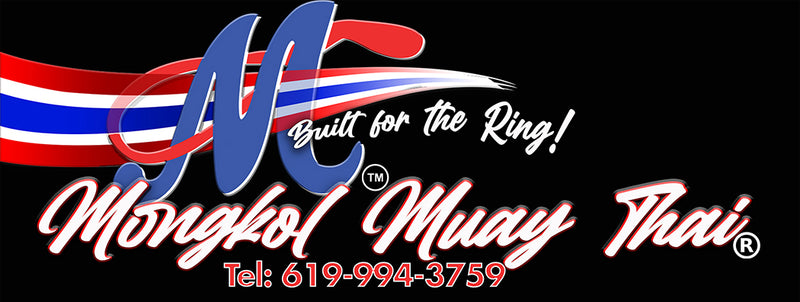Muay Thai History

At the time of the fall of the ancient Thai capital of Ayuthya in 1767, when the city was destabilized and heading for destruction because it rulers were weak, the invading Burmese troops rounded up a group of Thai residents and took them as prisoners. Among them were a large number of Thai boxers, who were held by the Burmese potentate Suki Phra Nai Kong of Kai Pho Sam Ton at the city of Ungwa.
In 1774, in the Burmese city of Rangoon, the Lord Mangra, king of the Burmese, decided to organize a seven-day, even-night celebration in honor of the pagoda where the Buddha’s relics are preserved. He ordered a royal presentation of a Thai boxing match between Thai and Burmese fighters. For the celebration, he also arranged for several folk-type spectacles such as the costume plays called likay, comedies and farces, and sword-fighting matches. The boxing ring was set up in front of the throne.
During the first day of the celebration, a high-ranking Burmese nobleman led a Thai boxer to pay his respects to the Burmese king. Lord Mangra then agreed to allow a Burmese boxer to pit his strength against that of the Thai boxer. A referee led the Thai boxer into the ring and introduced his as Nai Khanom Tom, a famous fighter from Ayuthya, a viewers saw a robust, dogged dark-skinned captive. Among the group of Burmese spectators was a group of Thai captives who view [sic] with each other in cheering him.
As soon as he matched with a fighter, Nai Khanom Tom began dancing around his opponent, which amazed and perplexed the Burmese spectators. The referee then announced that the dance was a Thai tradition (wai khruu) through which the boxer paid his respects to his mentor.
Then the signal for the match was given, Nai Khanom Tom rushed forward, elbowing and pummeling his opponent in the chest until the latter collapsed. The referee, however, judged that the knockout was not to be considered a victory for th eThai boxer, since his Burmese opponent had been distracted by the wai khruu dance, so Nai Khanom Tom had to confront nine other Burmese boxers. This decision prompted the other Thai boxers to vounteer to fight together with Nai Khanom Tom to avenge him.
Nai Khanom Tom agreed to fight against the other Burmese boxers to uphold the reputation of Thai boxing. His last opponent was in fact a boxing teacher from Ya Kai City who was on a visit to enjoy the festivities. Thus, he volunteered to fight, but was soon so mangled by Nai Khanom Tom’s kicks that no one dared to challenge him further.
However, Lord Mangra was so enthralled with Thai boxing that he summoned Nai Khanom Tom to reward him, asking which he would prefer, money or beauteous wives. Without hesitation, Nai Khanom Tom said he would take the wives, because money was easier to find. So Lord Mangra awarded him two Burmese girls from the Mon tribe. In time, Nai Khamon Tom took his lovely wives to Thailand, where he lived with them until the end of his life.
He is considered the first Thai boxer to have imprinted the art of Thai boxing with dignity, and who gave it such a reputation beyond Thailand’s borders that the episode remains engraved in the history of Burma until this day.
